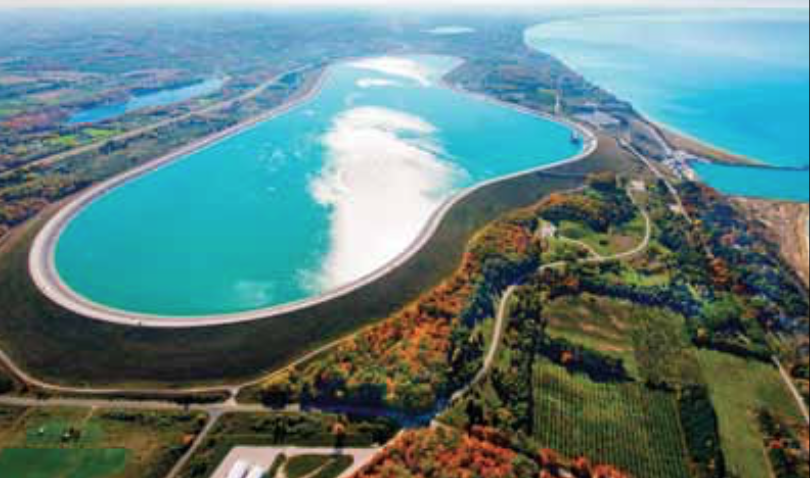The development of hydropower in the United States has roots as far back as 1880 when the construction of a hydroelectric turbine in Grand Rapids, MI provided the first public demonstration of hydropower in the country. Boasting the largest group of freshwater lakes on Earth — by total volume they contain 21% of the world’s surface fresh water — its unique geography has made the state a leader in hydropower.
Like other renewables, hydropower is a clean, non-emitting energy source, but unlike wind and solar, it is consistently reliable, unaffected by flagging wind or cloudy weather. Moreover, its production costs are lower than wind, solar, nuclear, and natural gas.
Aging equipment threatens infrastructure
However, despite hydropower’s many benefits to consumers and producers, new development lags behind other renewables and in Michigan, major investment is needed in maintenance and upgrades to the dozens of existing hydroelectric dams.
The Michigan State Utility Workers Council (MSUWC) currently has 55 UWUA members working in operations and maintenance at 13 hydroelectric dams on five different rivers.
According to Tom Cole, senior VP at MSUWC, “With the current push for renewables, it is urgent that we upgrade our older units at the run of the river flows with modern technology. The ability to produce power is difficult, with aging equipment and the ensuing loss of efficiency that happens over time and the amount of water in the river due to climate change, these units can be rendered inoperable.”

While Michigan remains a leader in hydropower, it is underutilizing its available hydro resources and there are enormous opportunities to upgrade existing facilities to improve grid reliability. According to Cole, “The facility at Ludington has some of the largest inductive motors in the world. Ludington Pumped Storage can deliver large amounts of electricity to the grid at a moment’s notice when demand is high, helping to ensure grid reliability and adding VARs (volt-ampere reactives) when motor loads on the system create the need.”
Hydropower key to reliable grid
The Pumped Storage Hydroelectric Plant at Ludington offers over 2,000 MW of Net Demonstrated Capability. However, when the plant’s reservoir is low, “The units transition from generators to reverse spinning motors,” says Cole. “The VARs needed to support the grid when those motors are running are primarily supplied by large coal-fired plants and nuclear plants that have the rotating mass to deliver the VARs the grid needs for reliability,” he added.
According to a recent report by the International Renewable Energy Agency, “Electricity from renewables will soon be consistently cheaper than from fossil fuels.” By 2020, the report projects that all the power generation technologies that are now in commercial use will fall within the fossil fuel-fired cost range, with some even undercutting fossil fuels.
While renewables like wind, solar, and hydropower will become increasingly invaluable to the capacity market, major investments are needed to make the most of Michigan’s hydropower potential, and, given the nature of the renewable technology, “Maintaining and improving grid reliability will still require us to rely on the power produced from coal and nuclear,” Cole says.

